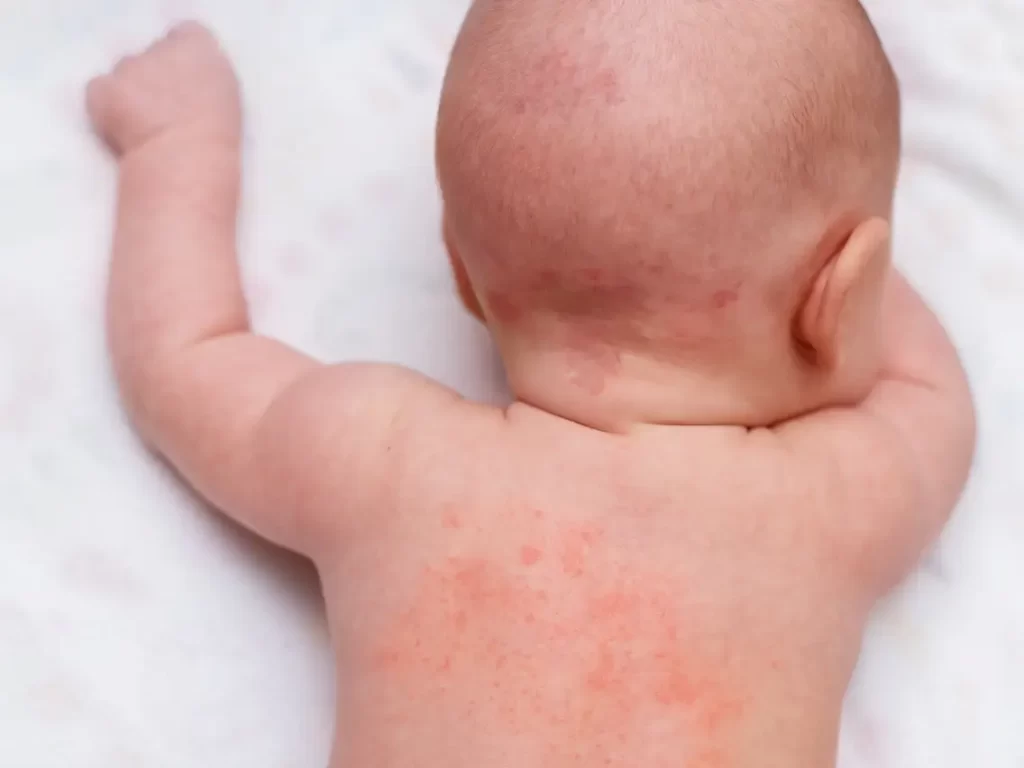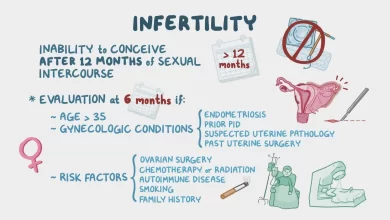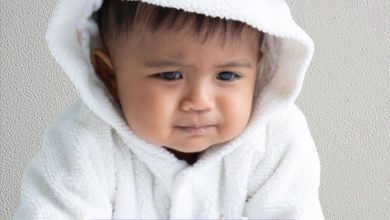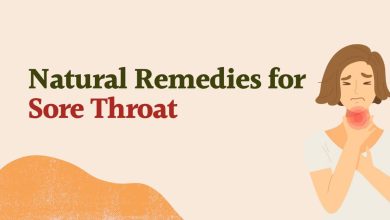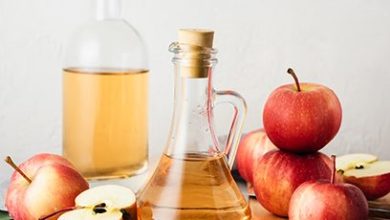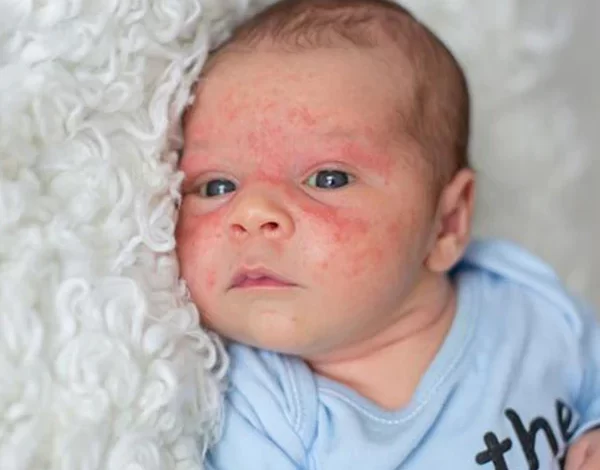
Introduction:
There are numerous sorts of rashes that influence different parts of a Baby’s Rash. These rashes are regularly exceptionally treatable. Whereas they may be awkward, they aren’t cause for caution. Rashes are once in a while an crisis.
Some of the time, newborn Baby’s Rash can demonstrate a more genuine ailment. We’ll talk about diverse sorts of Baby’s Rash, how to treat them, and when to call a specialist.
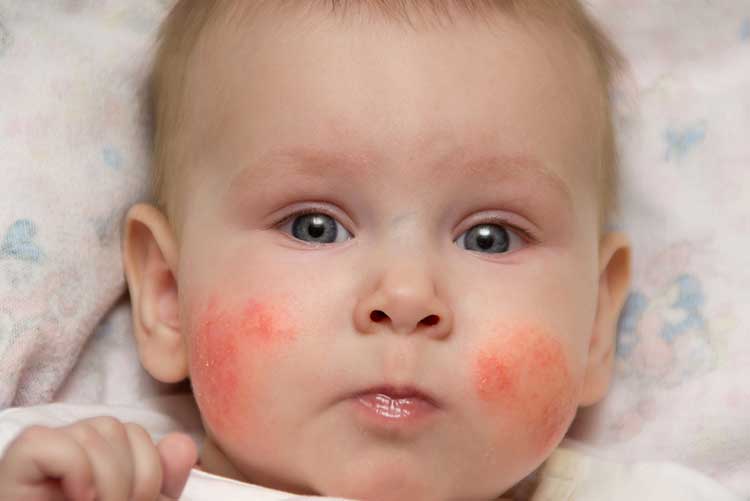
Baby’s Rash Causes
Babies have brand new skin and a developing immune system. Your skin is sensitive and prone to various irritants and infections. Causes of rashes in babies are:
- Heat
- Allergies
- Friction
- Moisture
- Chemicals
- Fragrances
- Fabrics
Even your own feces can irritate your baby’s skin and cause a Baby’s Rash. Bacterial infections and bacterial infections can cause a baby’s rash.
Depending on the cause of the Baby’s Rash, almost all parts of the baby’s body can be affected:
- face
- neck
- trunk
- arms
- legs
- hands
- feet
- diapers
Baby’s Rash types
The most common types of baby rashes are:
- Baby acne (usually on the face)
- Baby diaper rash
- Baby diaper rash (caused by wet, acidic baby urine and stool)
- Drooling Baby’s Rash, Drooling can irritate the skin around the mouth or chest. , can be seen on the face, behind the knees and on the hands
- Fifth disease, a “patch” rash that may be accompanied by fever and fatigue.
- Hand, foot and mouth disease
- Heat rash, visible in areas covered by clothing, such as throat, neck, chest and hands, on lamp, feet, due to excessive heat
- Urticaria
- Impetigo
- Infectious rash, measles, chicken pox, scarlet fever, roseola, etc.
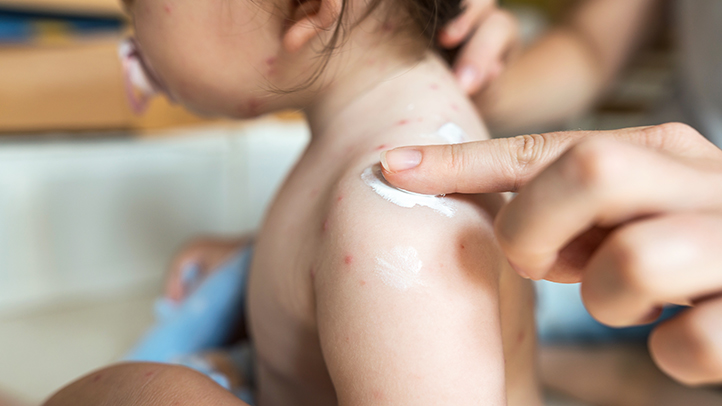
Treatment of skin Baby’s Rash
Treatment of diaper rash
Diaper rash is one of the most common skin rashes in babies. The diaper keeps heat and moisture close to the skin, and urine and feces can be acidic and very irritating to the skin. The best remedies for diaper rash are:
- Regular diaper changes
- Wiping with a soft, wet cloth instead of ready-made wipes containing alcohol and chemicals
- A protective cream, usually containing zinc oxide, which should not be wiped off. skin condition at each diaper change or may cause more irritation
- Reducing acidic foods such as citrus fruits and tomatoes in the child’s diet
- Washing hands before and after diaper changes to prevent rash infection
Treatment of eczema
Eczema is another childhood skin Baby’s Rash. If you have a family history of eczema or sensitive skin, your baby is more likely to develop eczema.
The cause can be allergies or skin sensitivity to food, laundry, fabrics or other irritants. Helpful eczema treatments include:
- keeping the area clean and dry
- over-the-counter creams and lotions
- oatmeal baths
- allergy determination and allergen removal
- working with a pediatric dermatologist to determine the best way to treat your baby’s eczema
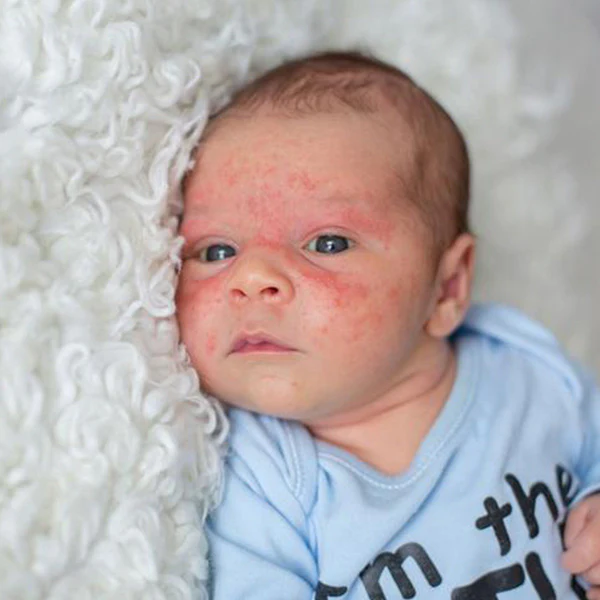
Dribble hasty treatment
A scaly baby’s rash and a generalized facial rash are very common in babies. They are developing salivary glands and teeth, so it is not uncommon for them to drool on their faces a lot of the time. The use of a pacifier, food particles, tooth and frequent face wiping can also irritate the skin.
A salivary rash usually goes away on its own within a few weeks, but there are a few ways to help:
- pat – don’t rub – dry your baby’s face
- clean with warm water but avoid using soap on the face
- ask your child to wear a drool patch to keep their shirt from getting wet
Some rashes, like baby acne, go away on their own within a few weeks or months. Adult acne medications should not be used to treat childhood acne.
Cradle cap can be treated with a topical oil, such as coconut oil, by gently rubbing the cradle cap with a hat brush and washing the baby’s head.
Infectious rashes such as thrush, measles, chicken pox, roseola and varicella should be evaluated by a pediatrician for the best treatment. These rashes are usually accompanied by fever and other symptoms. They may require antibiotics or antiviral drugs, or they may resolve on their own.
Avoid These Baby’s Rash Products
When it comes to diaper rash prevention and treatment, less is more. Avoid using strongly scented products, including fabric softeners and dryer sheets. Hypoallergenic and odorless, they are much less irritating to many babies.
You should also avoid using baby powder on your baby. It is not recommended for Baby’s Rash because they can inhale it, which can damage their lungs.
Cornstarch is another medicine that is not safe for small children because they can inhale the powder and it can irritate their lungs. Cornstarch can also make diaper rash caused by Candida worse.
When to consult a doctor
Fever
If your child develops a rash with or accompanied by a fever, it is best to call your pediatrician. The cause may be infectious and should be evaluated by a doctor.
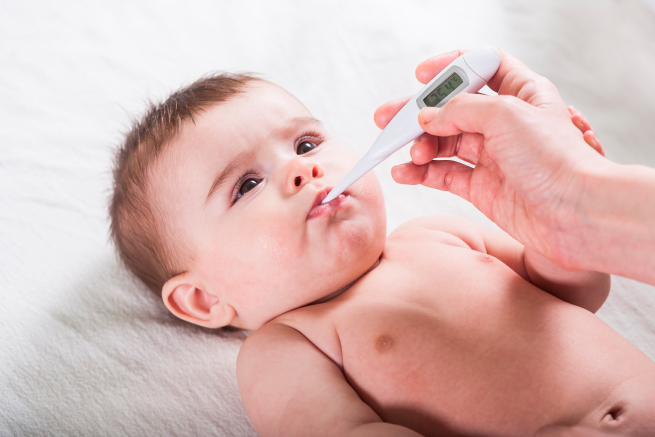
Hasty for a week
On the off chance that your infant encompasses a hasty that continues for more than a week, doesn’t react to domestic cures, or is causing your infant torment or aggravation, you ought to call your specialist.
Hasty spreads
In case your infant creates far reaching hives, particularly around the mouth, or creates hives went with by hacking, spewing, wheezing, or other respiratory side effects you ought to go to the crisis room. This may be a sign of a really genuine unfavorably susceptible response called anaphylaxis.
Crisis signs
A hasty went with by a really tall fever, a solid neck, affectability to light, neurological changes, or wild shaking may be caused by meningitis and is considered a therapeutic crisis.
Baby Eczema Prevention
Although Baby’s Rash are very common, there are some steps you can take to prevent rashes. Preventative measures that some people try include:
- Regular diapers
- Keeping the skin clean and dry
- Using a non-irritating detergent or baby wash
- Dressing the baby in breathable fabrics such as cotton
- Dressing the baby appropriately for the weather to prevent overheating
- Watch out for possible skin reactions foods here so you can avoid trigger foods
- Keep your child up to date on vaccinations
- Don’t let strangers or people with symptoms kiss your child
- Use creams, shampoos and soaps specially designed for baby’s sensitive skin
Conclusion:
In conclusion, prompt diagnosis by a healthcare professional is key to determining the fastest remedy for a baby’s rash. While maintaining cleanliness and avoiding irritants help, tailored treatment plans are crucial. Prioritize the baby’s comfort and consult a pediatrician for the most effective solution, ensuring their well-being.
Frequently Asked Questions:
What is the fastest way to heal a baby rash?
- Self-care
- Keep the diaper clean and dry.
- As part of every diaper change, wash the baby and the bottom with warm water.
- Gently dry the skin with a clean towel or let it air.
- Apply salve, paste or salve.
- Increase airflow.
- Wash your baby every day.
- Stop using products that seem to give your baby a rash and rash.
How do I get rid of the rash on my baby’s body?
- Eruptions common in babies and in the first months of life
- Use of very mild soap.
- Use mild detergent without fabric softener for baby and #039 laundry.
- Use of skin moisturizers.
- Applying a steroid cream (such as hydrocortisone or even stronger) if the eczema does not go away.
What is the fastest way to get rid of a rash?
- The best home remedies for eczema
- Cold pack.
- Oatmeal bath.
- apple cider vinegar.
- coconut oil.
- Aloe vera.
- Hydrocortisone cream.
- Epsom salts.
- Baking soda.
